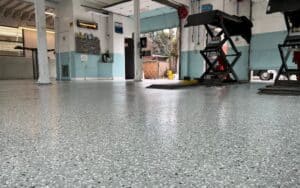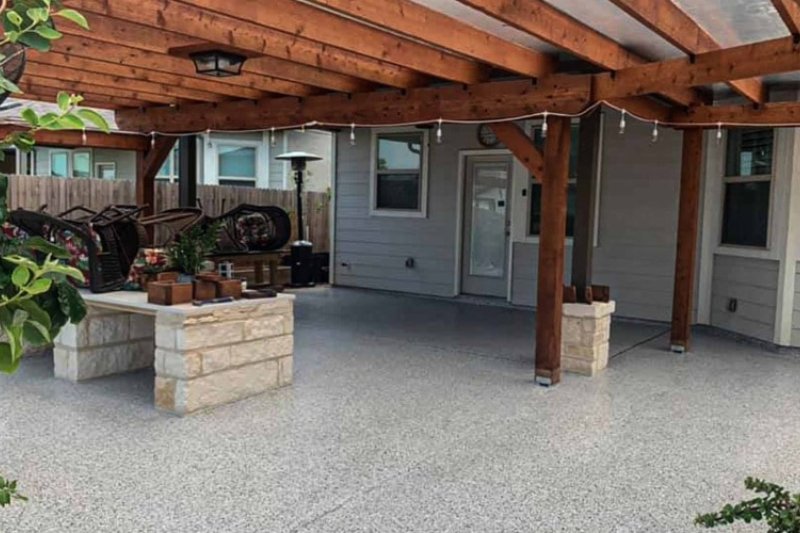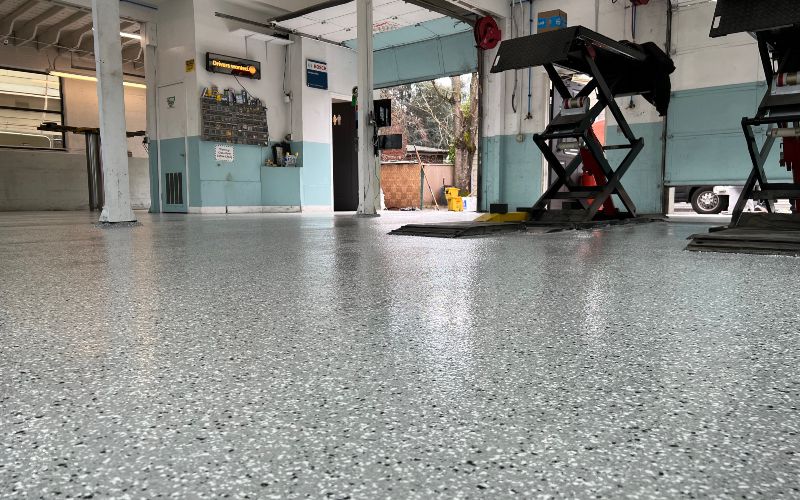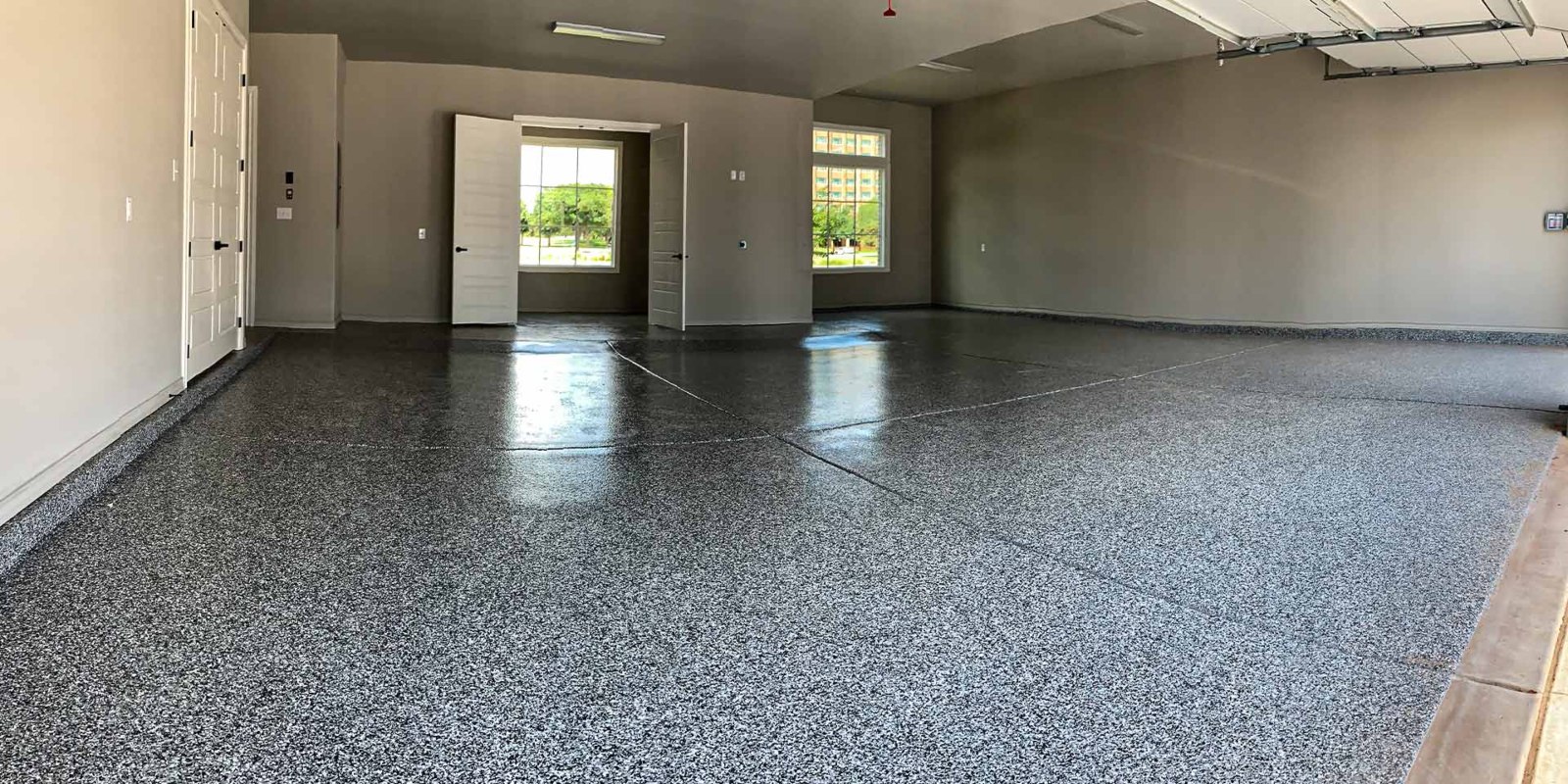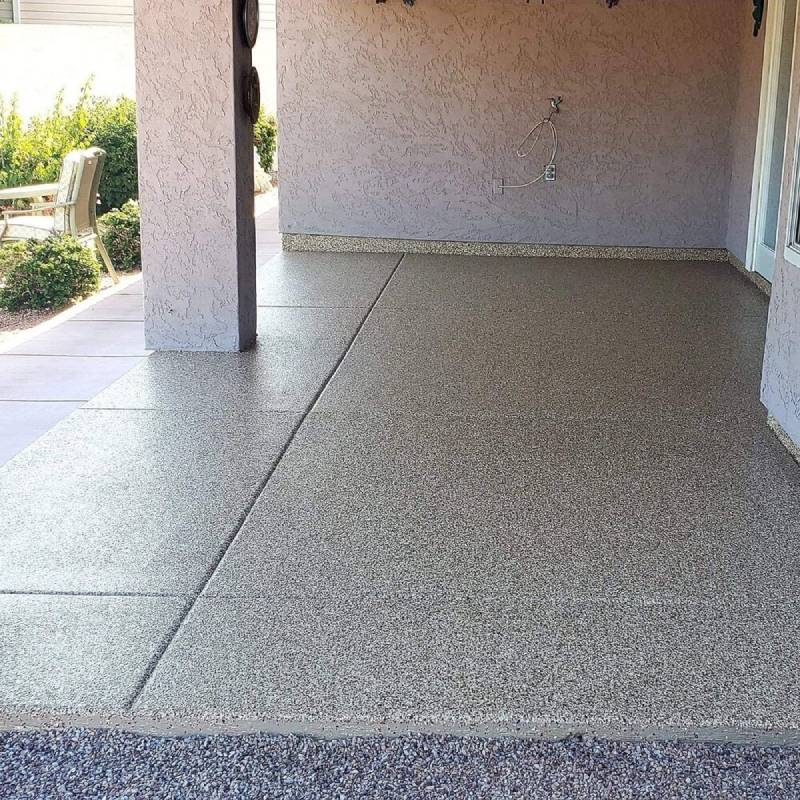How to Transform Your Kitchen with Durable Epoxy Kitchen Floor
Are you looking for a flooring solution that will transform your kitchen into a beautiful and durable space? Epoxy kitchen floor can provide the perfect answer! Whether you’re concerned about moisture, aesthetics, or longevity, epoxy floors are an incredibly versatile option for any modern kitchen. With careful preparation and installation, they offer superior performance when it comes to resisting oils, grease, and wear which makes them perfect for high-traffic homes with lots of activity (and messes). Read on to learn more about why epoxy is the ideal choice for your kitchen floor!
Overview of Epoxy Flooring and Its Benefits
Epoxy flooring is a highly sought-after option for homeowners and businesses alike, driven by its exceptional durability, aesthetic appeal, and minimal upkeep requirements. This type of flooring utilizes a two-part epoxy resin that is meticulously mixed and applied onto a carefully prepared surface, resulting in a robust and seamless finish.
One of the key advantages of epoxy floors is their ability to withstand heavy foot traffic, spills, and abrasions, rendering them perfect for high-traffic areas. Moreover, they offer a wide array of color and style options, enabling customization to suit any desired aesthetic.
In addition to their resilience, epoxy flooring boasts ease of cleaning and maintenance, significantly reducing the need for ongoing upkeep. These qualities make it an ideal choice for individuals seeking a durable and low-maintenance flooring solution. With its exceptional durability, versatility, and aesthetic potential, epoxy flooring proves itself to be an appealing and practical option for those in search of a long-lasting flooring solution.
Choosing the Right Type of Epoxy Flooring for Your Kitchen
Choosing the right type of epoxy flooring for your kitchen is crucial as it can greatly impact both the functionality and overall aesthetic appeal of your space. With the myriad of options available, it’s no wonder that many people find it overwhelming to decide which is the best fit for their specific needs. As an industry professional, I highly recommend considering several key factors when making your choice. Firstly, durability is of utmost importance, especially considering the high traffic and potential spills that are common in kitchen settings. Secondly, slip resistance is essential for maintaining a safe environment and preventing accidents. Lastly, don’t underestimate the power of color! Choosing a shade that complements your existing décor can elevate the visual appeal of your kitchen. By thoughtfully examining these factors, you’ll be able to select an epoxy flooring option that not only meets your practical requirements but also satisfies your aesthetic preferences.
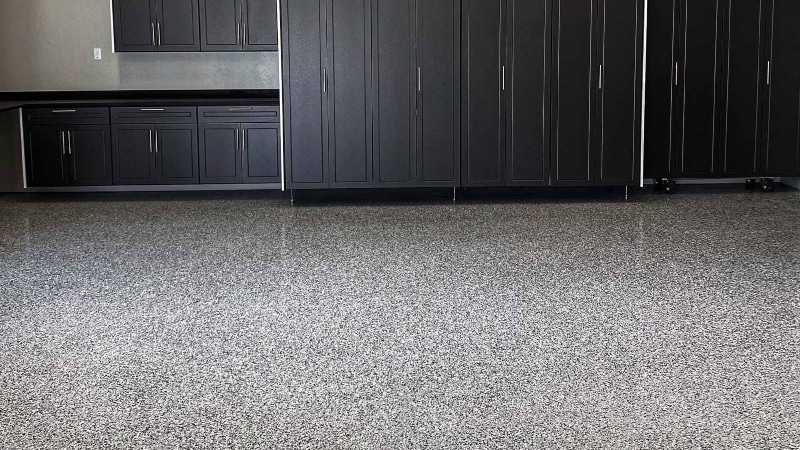
Preparing the Surface Before Applying Epoxy
When it comes to applying epoxy to a surface, proper preparation plays a crucial role in achieving a smooth and long-lasting finish. To ensure optimal results, follow these steps:
- Clean the surface: Thoroughly remove dirt, debris, and loose particles from the area. This can be done using a pressure washer or by scrubbing with a suitable cleaning solution.
- Check for cracks and imperfections: Inspect the surface for any cracks or imperfections. If found, fill them with a patching compound to create a seamless base for the epoxy application.
- Sand the surface: Create a rough texture on the surface by sanding it. This step promotes better adhesion of the epoxy and helps achieve a more durable finish.
- Apply the epoxy: Once the preparation is complete, proceed to apply the epoxy according to the manufacturer’s instructions. Ensure even coverage and smooth out any bubbles or imperfections as you work.
By following these steps, you can achieve a visually appealing and high-performing epoxy surface that withstands the test of time. Take your time, prepare meticulously, and enjoy the impressive results of your efforts.
Tips for Properly Installing an Epoxy Floor in Your Kitchen
Installing an epoxy floor in the kitchen may seem intimidating, especially for beginners. However, with the right guidance, you can streamline the process and achieve stunning results. One crucial step is to properly prepare the concrete floor before applying the epoxy. Start by thoroughly cleaning the surface, ensuring all debris and stains are removed. It’s also essential to wait until the floor is completely dry before applying the epoxy. To guarantee durability and resistance against scratches and stains, opt for a high-quality epoxy. Additionally, follow the installation instructions carefully and take your time to avoid any errors. By following these tips, you’ll be well on your way to transforming your kitchen with a beautiful and functional epoxy floor. Don’t hesitate to embark on this project; with guidance, it can be a rewarding experience.
Finishing Touches to Make Your Epoxy Kitchen Floor Look Even Better
Your kitchen floor is the heart of your home, serving as a gathering place for family meals and the creation of cherished memories. Opting for an epoxy finish demonstrates your thoughtful decision-making, as it not only adds a touch of elegance but also boasts durability and long-lasting beauty. Now, it’s time to enhance the overall allure of your epoxy kitchen floor with some finishing touches. Elevating its appearance to the next level can be achieved through professional sealing, polishing, staining, or even showcasing a custom design. By adding these refined details, your kitchen floor will transform into a breathtaking masterpiece that you and your family will appreciate for many years to come. Make the kitchen floor the centerpiece of your home, encapsulating both style and functionality.

How to Maintain a Durable and Beautiful Epoxy Floor in Your Kitchen
Epoxy flooring is a fantastic option for your kitchen, providing durability and easy maintenance. However, to ensure its beauty and longevity, it is crucial to follow a regular cleaning routine with specialized care. Begin by promptly removing any dirt or debris to prevent scratches or damage to the surface. Use a soft-bristled brush or vacuum for cleaning, avoiding harsh chemicals that could strip away the protective layer. Instead, choose a gentle, pH-neutral cleaner and wipe with a non-abrasive cloth. Additionally, it is essential to protect your flooring from high heat and moisture. Utilize trivets for hot pots, pans, and appliances, and remember to promptly clean up spills. By following these maintenance tips, you can guarantee that your epoxy floor remains both durable and beautiful for years to come.
Installing an epoxy kitchen floor requires careful consideration of various factors, including the benefits, different types of epoxy flooring, and the necessary prep work involved. Despite the additional effort required, the end result is a durable and visually appealing kitchen floor that is well worth it. By planning and preparing adequately, you can ensure not only an amazing-looking epoxy kitchen floor but also long-lasting resilience. From selecting the appropriate epoxy type to taking accurate measurements and following proper installation steps, every detail counts in achieving the desired outcome. Regular maintenance and proper care are essential to preserve the beauty and functionality of your newly transformed kitchen space. With an epoxy kitchen floor, you can trust that you’re making a feasible and rewarding investment. Enjoy the remarkable durability and aesthetics while knowing that your favorite part of the house will remain in pristine condition for years to come.



